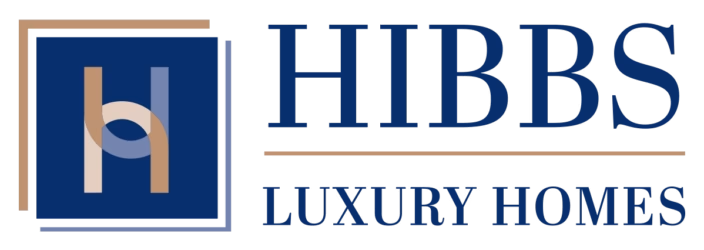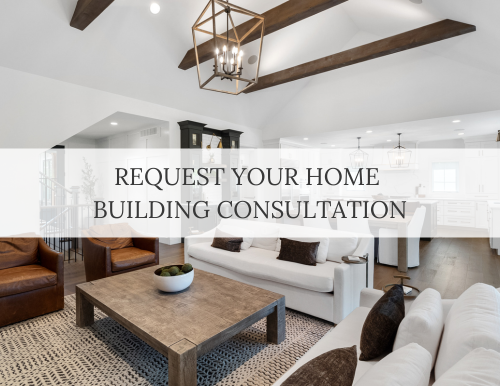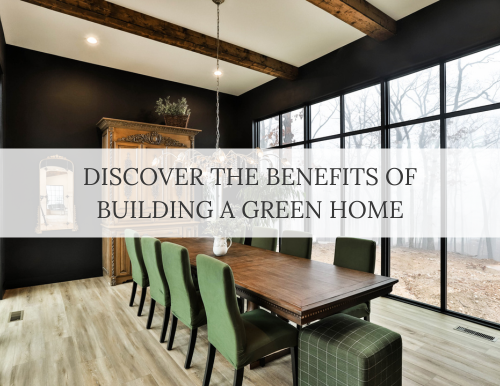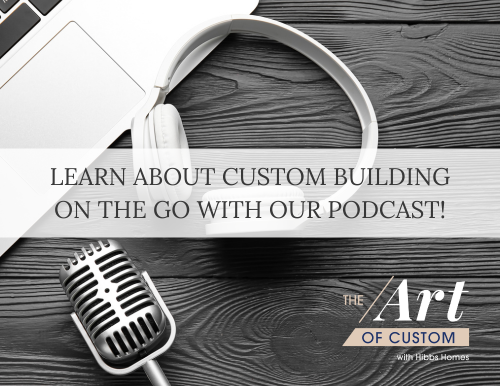Residential Construction Market Update 2025
NEW HOME CONSTRUCTION MARKET UPDATE FOR 2025
The Art of Custom team comes to you live from the International Builders Show in Las Vegas for an update on the residential housing market!
Host Kim Hibbs and producer Melody Meiners are joined by Alexis Hibbs, licensed realtor and operations manger for Hibbs Luxury Homes in St Louis, to discuss the impact of lumber prices, possible tariffs and interest rates on the cost to build a custom home.
You can read the transcript below, or...
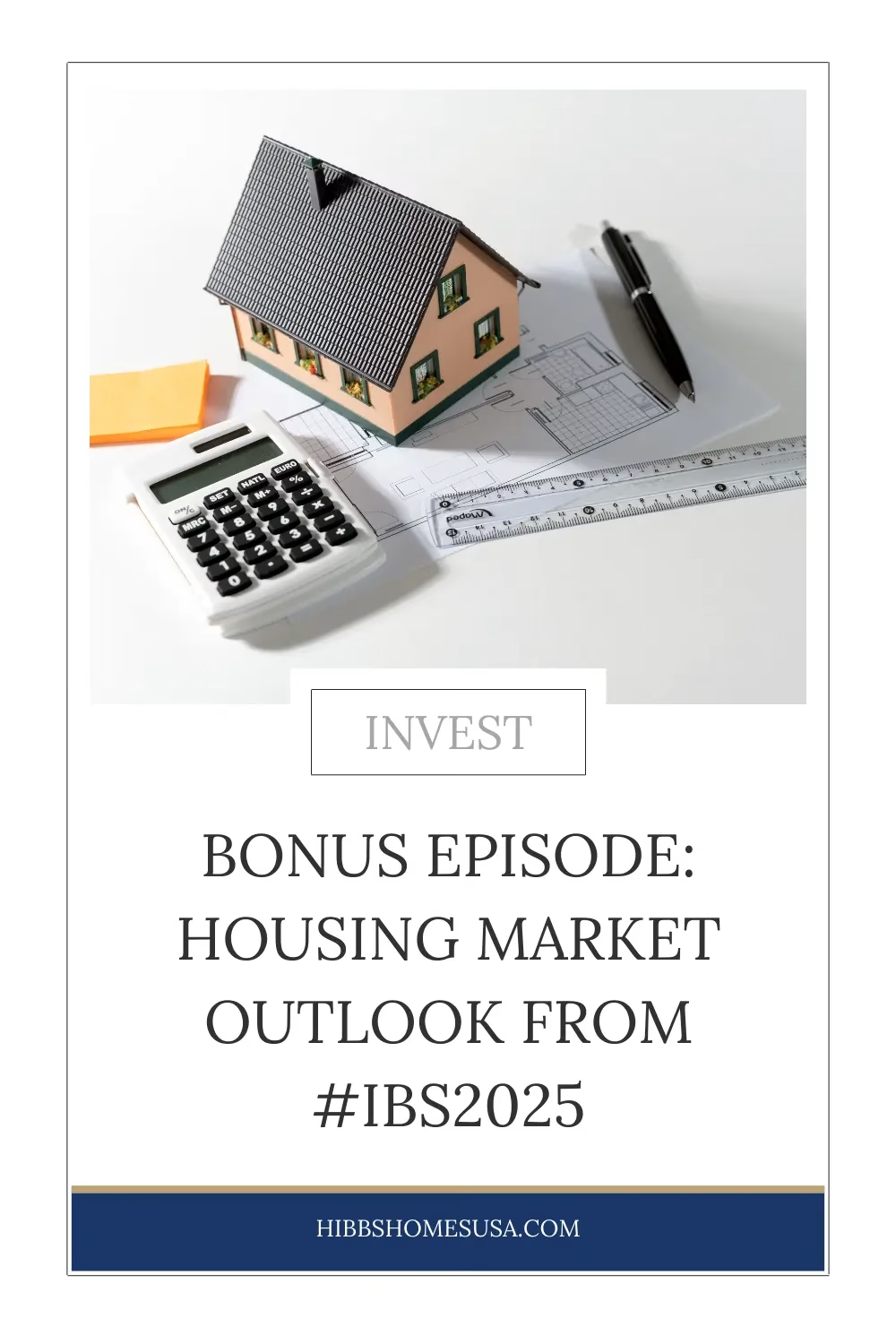
SEASON SEVEN, BONUS EPISODE | TRANSCRIPT
Live from The Builders’ Show
This episode was recorded live from the floor of the International Builders’ Show, an event that brings together the latest trends, materials, and insights shaping the homebuilding industry.
While the show covers everything from cutting-edge kitchen technology to innovative energy-efficient materials, the real conversation this year centered on the economy:
- Where are prices headed?
- What’s happening with interest rates?
- And how can homeowners plan with confidence despite uncertainty?
The State of Building Prices
According to Kim, building prices had been relatively stable post-pandemic until recently.
The biggest variable now? Tariffs.
There’s talk of new tariffs impacting imported materials from Canada, Mexico, China, and possibly the European Union. While nothing is finalized yet, suppliers are already feeling the effects.
Kim shared that lumber suppliers are projecting 7–10% price increases in the coming months as the market reacts. Fortunately, this rise won’t resemble the extreme spikes seen during the pandemic, when lumber shot from roughly $400 to $1,800 per thousand board feet.
For now, prices across most materials remain steady, though builders are keeping a close eye on how trade policies evolve this summer.
Interest Rates: Slower to Drop Than Expected
Another major factor shaping the homebuilding landscape is interest rates.
Last year, Robert Dietz, Chief Economist for the National Association of Home Builders (NAHB), predicted rates would fall into the 5% range by early 2025. That hasn’t happened yet.
Instead, rates have hovered in the upper sixes, largely due to persistent inflation. The Federal Reserve delayed cutting benchmark rates, creating ongoing uncertainty.
However, Dietz now forecasts that rates may dip into the low sixes by the end of the year, a number Kim considers a psychological “confidence threshold” for buyers. Once rates reach that level, more homeowners are likely to re-enter the market and move forward with their building plans.
A Realtor’s View: Existing Inventory vs. New Construction
As both a builder and a realtor, Alexis Hibbs offers valuable perspective on both sides of the housing market.
She explains that right now, new construction homes are often more affordable than comparable existing homes. Limited resale inventory and strong demand have pushed up existing-home prices, leading many buyers to explore building instead.
However, as interest rates drop, the balance could shift again and in turn, free up inventory and increase resale activity.
In short:
- When rates are high, building new can make more financial sense.
- As rates fall, resale options expand and competition increases.
Both sectors will likely strengthen as confidence returns to the broader economy.
The Buidable Land Shortage
One challenge remains consistent across markets: finding land.
Across the country, there’s a shortage of buildable lots, whether it is developer-ready parcels or individual custom-home sites. In St. Louis and Park City, Hibbs Homes is seeing more infill construction, where older homes are torn down and replaced with new, high-performance builds.
This trend is likely to continue, particularly in established communities with strong amenities and desirable school districts.
Short-Term Building Challenges, Long-Term Opportunity
While news of tariffs, interest rates, and land shortages can sound discouraging, Kim emphasizes that these challenges are temporary and not a reason to delay your build.
Building a custom home takes time, often 12–24 months from design to move-in. The smartest move is to start the planning process now, even if you don’t plan to break ground until late 2025 or 2026.
By the time plans are finalized, permits are approved, and financing is in place, economic conditions are likely to be more favorable.
Kim also notes that material manufacturers typically introduce price increases twice a year: in July and January. Waiting too long could mean paying more for the same project down the line.
A Note of Optimism
Despite some headwinds, there’s good news: lumber prices are currently back to pre-pandemic lows.
Even with modest increases expected, overall construction costs remain much lower than during 2021–2022. Combined with improving supply chains and steady labor availability, the industry is stabilizing in ways that benefit both builders and homeowners.
As Kim puts it, “Keep the faith. It’s a good time in the housing industry — just move forward with your plans, eyes wide open.”
Takeaways for Homeowners and Future Builders
- Start early. It takes 12–24 months to go from concept to completion.
- Plan during uncertainty. By the time you’re ready to build, rates and prices may be more favorable. (Check out Season Eight for more information about the planning process!)
- Expect small price increases. Manufacturers adjust twice yearly — don’t wait for “perfect” timing.
- Stay flexible. Whether buying land, budgeting, or selecting finishes, be prepared to adapt.
- Ask for expert guidance. Builders and realtors can help you time your project strategically for your goals and market.
OUTRO: For more information visit www.artofcustompodcast.com or find us on Facebook and LinkedIn as The Art of Custom. Be sure to subscribe to get the latest episodes and please rate and review. The Art of Custom is produced by HugMonster sound with original music by Adam Frick-Verdeen. Thanks for listening.
